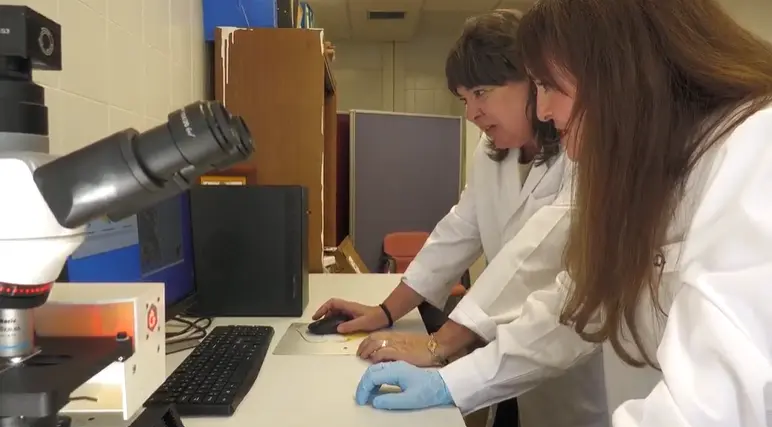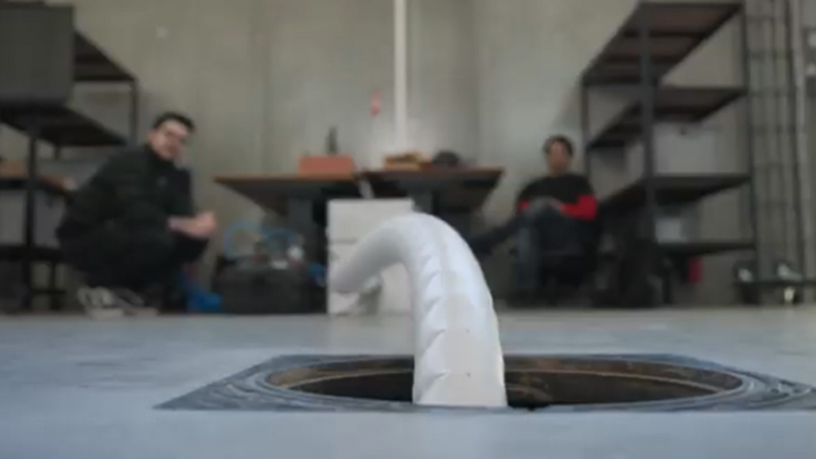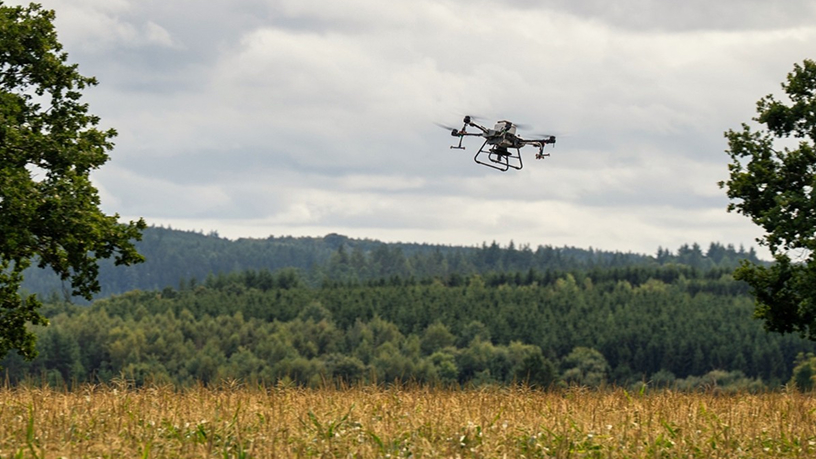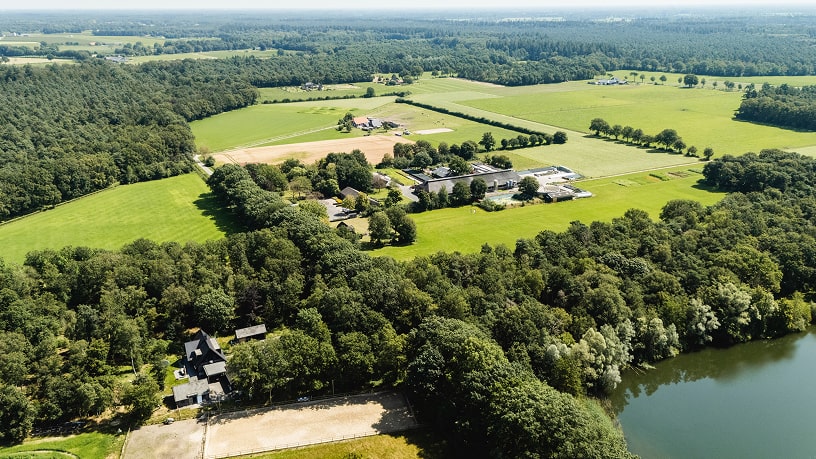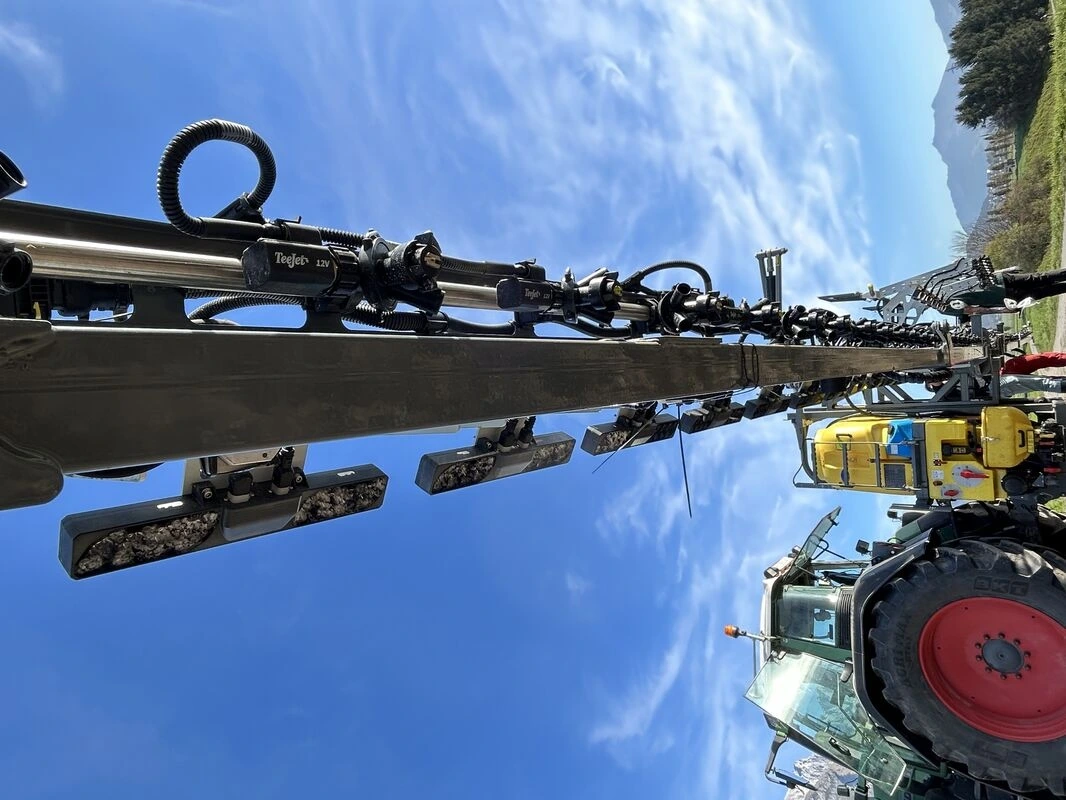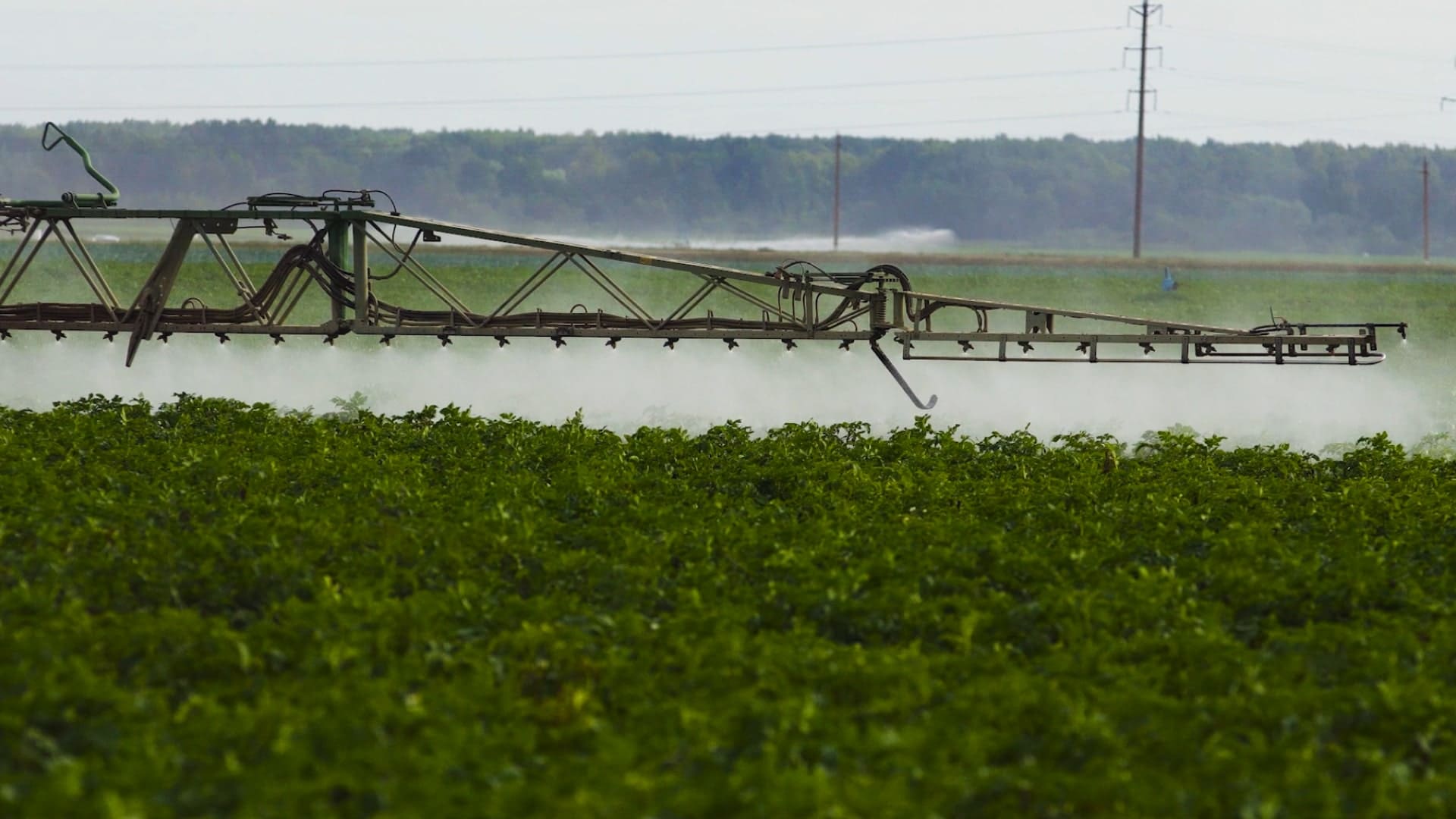Overview
This service helps agrotech companies optimise and scale their existing software and AI solutions. We evaluate your current technology stack, data architecture, and system performance to identify opportunities for improvement and growth. Our expert team analyses key aspects such as system resilience, scalability potential, and integration capabilities to provide actionable recommendations. Through a systematic testing review process, we help you understand how your solution can handle increased workloads, adapt to new use cases, and maintain performance as your business grows. We assess critical factors like data management, processing efficiency, and system architecture, translating technical challenges into clear business opportunities. Our recommendations focus on practical steps to enhance your solution's reliability, expand its capabilities, and prepare it for future growth. The service includes detailed analysis reports, specific improvement recommendations, and strategic guidance for implementing changes, ensuring your agrifood technology solution is ready to scale and meet evolving market demands.
More about the service
How can the service help you?
How the service will be delivered
Service customisation
- GRADIANT | Website

